Proćków M., Konowalik K., Proćków J.
malgorzata.prockow@uwr.edu.pl
Predicting the impact of global climate change on the current and future distribution of alien or endangered species is often a subject in macroecological studies. Only a few were devoted to land snails. Spatial distribution modeling was used to construct European and global potential ranges of Cernuella virgata and Hygromia cinctella based on current and future climate scenarios. Both species continue to spread northwards from the Mediterranean area. Under the current climate scenario, most presently occupied areas in Europe are also at high probability of future occurrence of these species. However, they will experience contrasting scenarios under four future climatic conditions. C. virgata may significantly increase its potential distribution, due to rising temperatures and its weak fluctuations. Global warming, along with morphological and physiological adaptation to dry conditions and the ability to passively disperse, may facilitate the invasion of this species into new regions of the world. In H. cinctella no significant change in the geographical distribution of colonization-prone areas was found. Precipitation in the driest quarter and temperature seasonality will be key factors limiting its future distribution. Understanding of colonization patterns can help better manage these invaders and formulate policies for their control. This is especially important for C. virgata, a serious agricultural pest in southern Australia, where it causes severe economic damage to cereals; yields are reduced, harvest machinery becomes clogged, and grain becomes polluted. Cattle are repelled from grazing plants with contaminated slimy deposits. Effective regulatory strategies focused on reducing human-facilitated propagation and the movement of this species, as well as close monitoring and preventive approaches, are crucial. E.g. in the USA, Canada, China C. virgata is on quarantine lists. Shipments contaminated with it are not accepted by other countries. This work was partly supported by the National Science Centre, Poland (Narodowe Centrum Nauki, Polska) under Grant number 2016/21/B/NZ8/03022.
